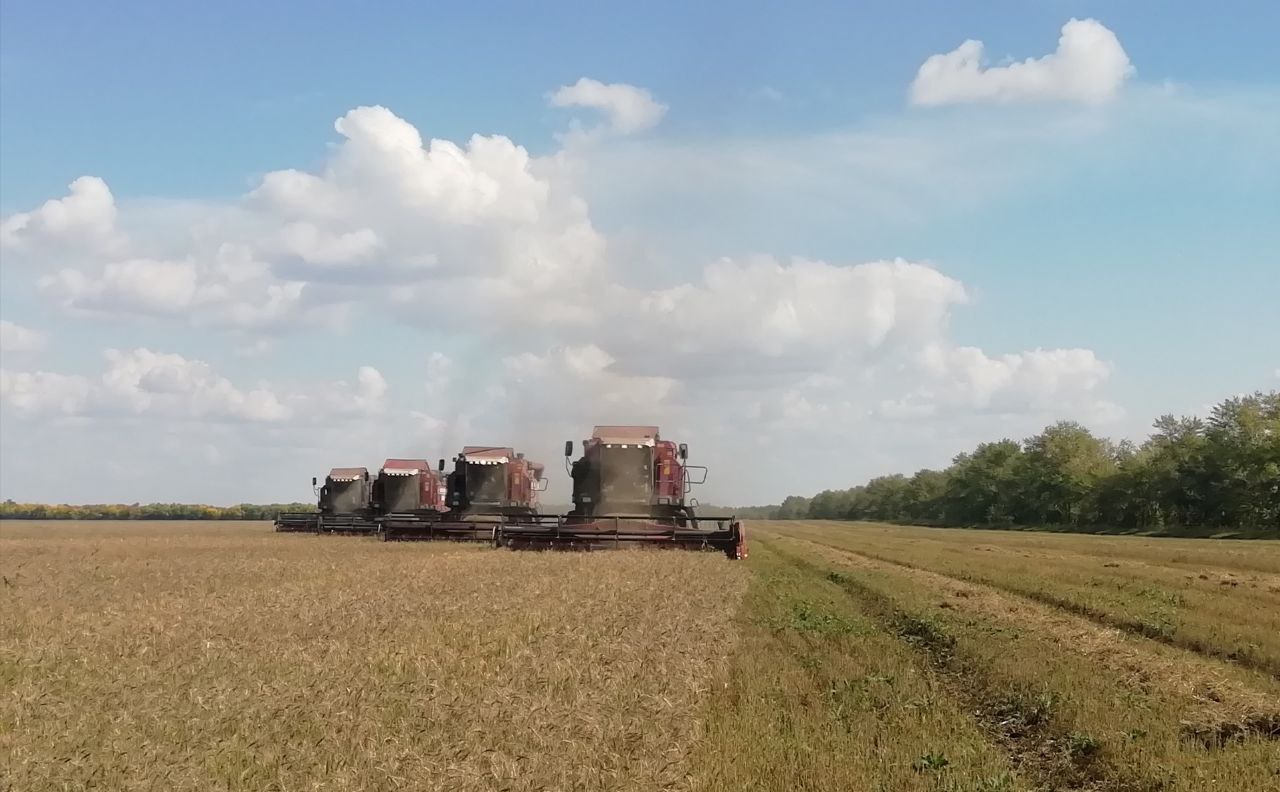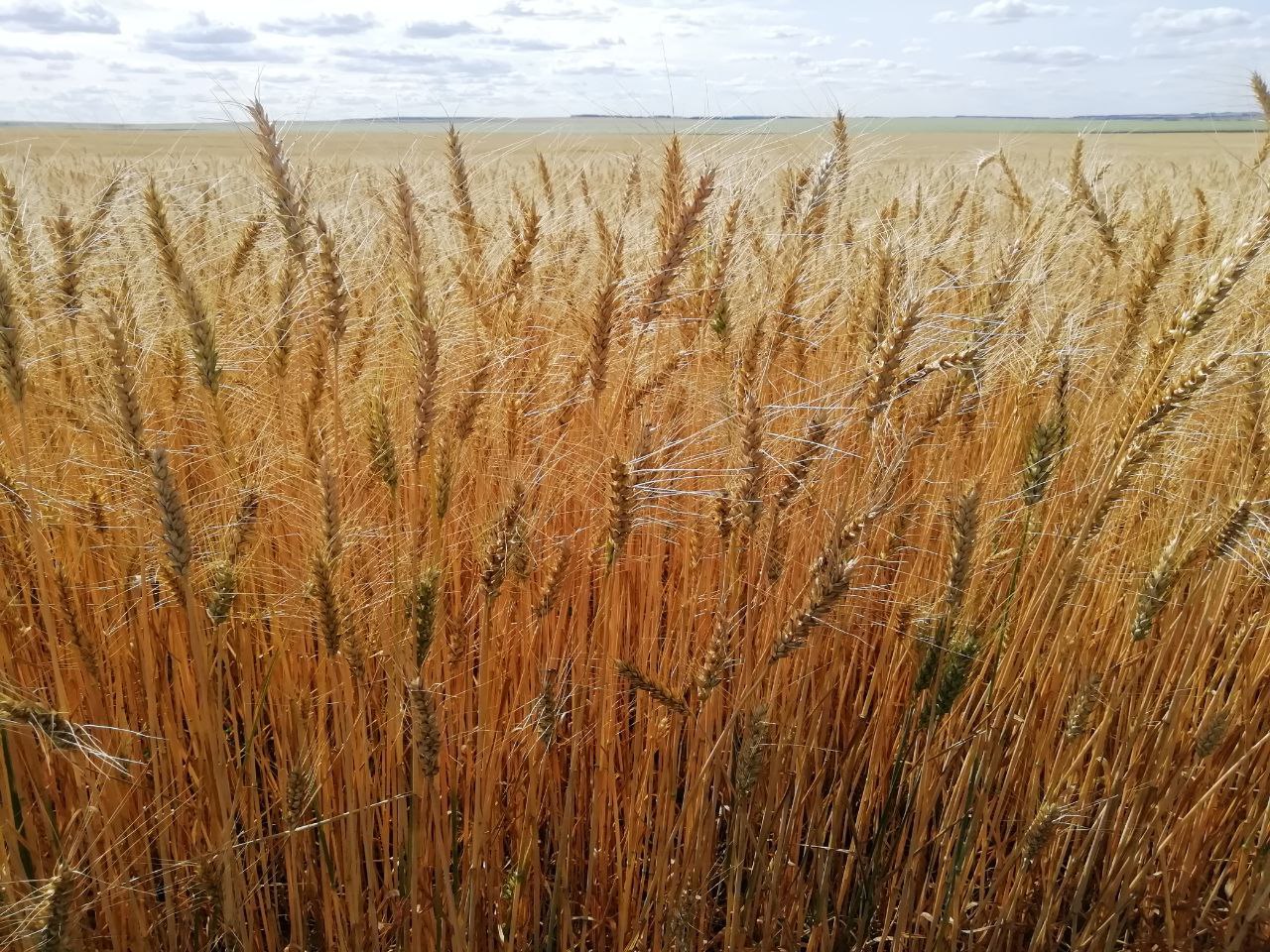SUSU scientists, with the support of the Ministry of Agriculture of the Chelyabinsk Region, are developing a methodology for reducing the risks of food grain losses. We talked about cold plasma and mould fungi, a multi-million grant from the Russian Science Foundation, and new research with Irina Potoroko, Director of the School of Medical Biology.
– The usual mild climate of the Chelyabinsk Region has changed dramatically over the last two summers, which has an impact on the volumes and cost of bread produced. How do temperature fluctuations and heavy rains affect the wheat harvest?
– Let us note right away that the cost of bread should not change, because it is a socially significant product. Speaking about food raw materials that are used to produce mass-market products, we give special attention in our research to grain crops that can be used as both the main and additional raw materials in the technologies of simple bread, bakery products and cereals. It is these products that are the basis of the population's diets.
Initially, we thought that last year's heavy rains in August were a case of exception, but this summer a very difficult weather situation has repeated. Today, society's interest in climate change is global, and the scientific community of SUSU is not standing aside. The results of studying the climatic conditions of the Ural territories cause justified concern: global warming is covering ever larger territories, moving to the northern part of the planet. And this means that the vegetation conditions of these territories are violated: the characteristic epiphytic microflora (that which is in nature, in the soil, on plants) changes quantitatively and qualitatively due to the high level of humidity. As a result, there are risks to the health of people who consume processed grain, legumes and other food crops that are not very resistant to toxic types of microflora and grown in altered conditions.
– What food hazard does sprouted wheat pose?
– Let's return to the history of the wheat harvesting campaign in the fields of the Chelyabinsk Region in rainy August of 2023, when most agricultural enterprises faced a negative change in the physiology of the plant. Wheat began to sprout in the ear, which is not typical for grain crops in the specified period. When the grain sprouts in the ear, due to over-moistening, a favourable environment is created in the grain for activating the growth of toxic moulds, and dangerous secondary metabolites (mycotoxins) accumulate. This problem has become extremely important both for the agricultural sector of the economy and for scientists. Sprouted wheat as a food raw material is of little use for processing due to changes in the properties of the main nutrients (proteins, carbohydrates); when consumed, it can be dangerous, because mycotoxins can accumulate in the body and provoke serious health problems in the delayed period. Our assumptions about the risks of the presence of secondary metabolites of toxic moulds in raw materials were confirmed in the testing centre of an accredited laboratory. Aspergillus flavus and Aspergillus Parasiticus were identified in some samples, which means that if storage conditions are violated, there is a risk of accumulation of aflatoxins harmful to the body.

– Just recently, scientists from the SUSU Department of Food Technology and Biotechnology have received a grant from the Russian Science Foundation, which will help find new ways to save the future bread in the fields. Please tell us, what research will you spend this money on?
– Let me start with the background story again. In the fall of 2023, the Ministry of Agriculture of the Chelyabinsk Region was very concerned about the grain situation in our region. The Ministry turned to science for help, including scientists from the SUSU Department of Food Technology and Biotechnology. At a meeting with representatives of the processing industry, we proposed using our approaches in processing and preserving rejected grain. And since any development requires serious financial investments, the leadership of the Ministry of Agriculture supported us in receiving a grant from the Russian Science Foundation, with which we have entered into an agreement in 2024 and have begun thorough work with grain.
Thanks to the scientific groundwork we had in the form of our initiative research on the 2023 wheat harvest, we were able to justify the feasibility of our scientific research in the topic of preserving a food resource of strategic importance. Grant support for our research in the field of reducing grain losses is aimed at solving a serious problem of ensuring food security.
We plan to use the grant funds to purchase equipment for identifying mould fungi in cereal crops and tracking the risks of changes inside each grain at the cellular level. All funds are distributed according to the task plan for the coming year. Since nature is unstable, we must also assess the dynamics of climate change, which affects transformations in plants. This research is already being carried out within the framework of the grant by the staff of the department's research team.

– Is it already possible to talk about the dynamics of qualitative changes in the grain harvest in our region if we compare 2023 and 2024?
– We have received last year's sprouted grain samples from our region's fields and store them in conditions close to those of specialized storage facilities. Our task is to establish the probability of mycointoxication risks during storage, the possibility of its occurrence at a stable humidity level. Comparing these samples with what they were in August last year, we understand that we have achieved the stability of indicators.
We have been monitoring any changes in the internal contents of this grain mass for a year now, including its microflora after treatment with a cold plasma field. New results from the study of the 2024 grain lots from the same growing areas will allow us to assess the dynamics of the migration of toxic metabolites.
– Research team of the School of Medical Biology have been working on the problem of rejected wheat for the second year now. What methods of preserving damaged raw materials do you propose?
– We are developing a methodology for reducing the risks of food losses of grain obtained in extreme conditions or with other deviations in its quality. We strive to preserve the food resource of grain regardless of the conditions of its production.
If we are talking about preserving the technological suitability of wheat spoiled by over-moistening, then it must be protected − to stop toxic risks, and to do this by gentle but effective methods. Now we are testing a method of disinfecting sprouted grain from mycotoxins using non-thermal effects: we use the method of cold plasma treatment, that is, we place the affected raw material in a field of low-ionized gas, which effectively helps to inactivate toxic moulds.
Crops that are obtained in difficult and extreme climatic conditions must be handled with particular care and attention. Therefore, our scientific team is currently looking for effective methods to lift the bans on processing and minimize losses for the agro-industrial complex.
– What intermediate results in your scientific research can you already share?
– During the first year of work, through a large number of studies, we have determined a rational mode of processing damaged grain with cold plasma. However, we realized that the established processing mode obtained in laboratory conditions is still unacceptable for farmers due to the long duration of the procedure. Cold plasma disinfects grain very gently, without damaging its structure and preserving its natural benefits, but this process is very slow on an industrial scale. Another difficulty is that there are many varieties of toxic mould in grain, and to stop each of them, it is necessary to select an individual mode with a certain intensity of processing. Therefore, the development of a methodology and protocol for processing will ensure the minimization of resource costs while maintaining the effect of raw material processing, which is what we are currently actively working on. Over the three years of implementing the grant, we intend to combine fundamental scientific knowledge with our future "product", which will become a practical proposal for the agro-industrial complex of our region.




